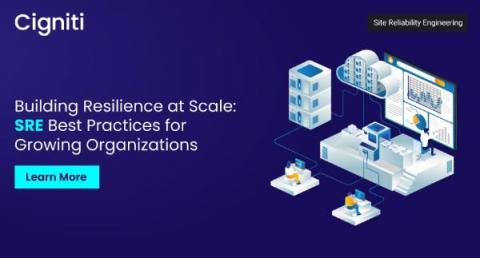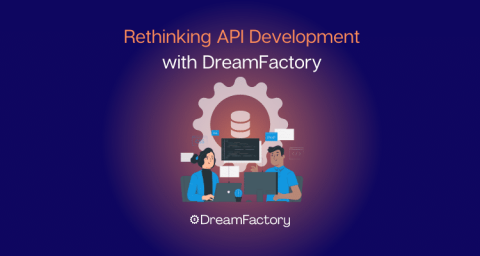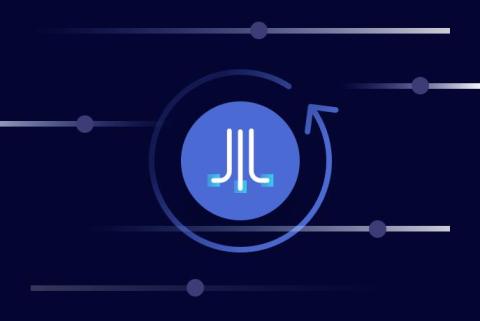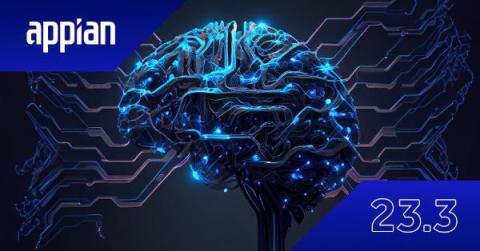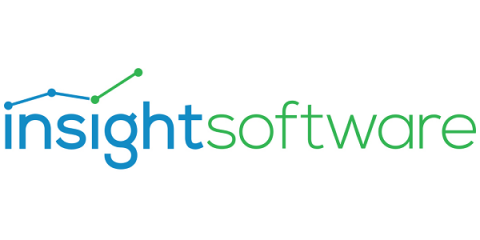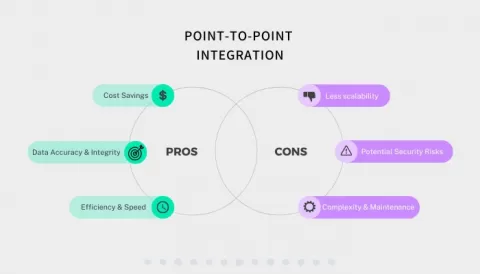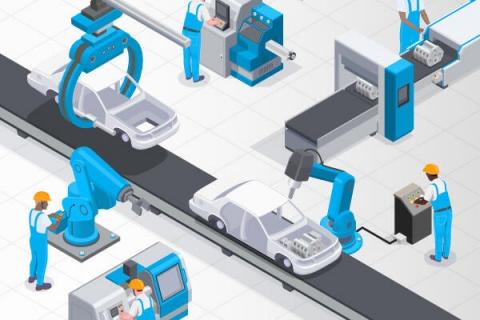Building Resilience at Scale: SRE Best Practices for Growing Organizations
In the ever-evolving landscape of technology, where uptime, performance, and user experience are paramount, Site Reliability Engineering (SRE) has emerged as a crucial bridge between development and operations within organizations. SRE goes beyond traditional IT roles by emphasizing the fusion of software engineering practices with IT operations to ensure systems are functional, highly reliable, and scalable.


